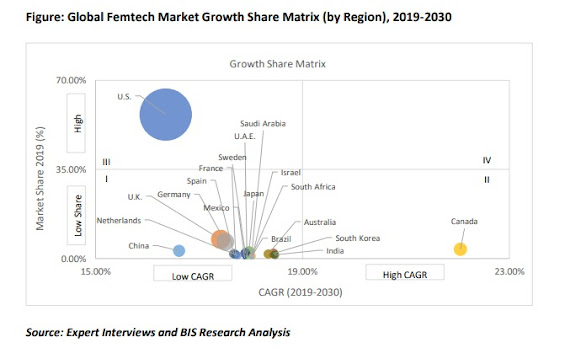An essential component of the healthcare sector is imaging methods and equipment. The imaging techniques have advanced significantly since X-rays were first used for diagnosis in 1890. Today, a variety of cutting-edge medical procedures like computed tomography (CT) scans, MRIs, ultrasounds, and nuclear medicine imaging, including positron emission tomography (PET), are frequently used.
These cutting-edge imaging techniques give medical professionals a clear view inside the body and provide detailed information about the body's functions and malfunctions. It has many benefits, including early problem detection, precise diagnosis, ongoing monitoring, and improved medical condition management.
In the healthcare industry, 4K technologies are becoming more and more popular. Since its introduction and subsequent technological advancements, 4K medical imaging has found its best use in operating rooms (OR).
With the advent of 4k resolution technology, the healthcare sector will soon be able to advance imaging methods. With a horizontal resolution of 4000 pixels, or four times that of high definition, 4K technologies are generally referred to as imaging and visualisation technologies (HD).
High-quality imaging techniques are becoming increasingly important as demand for minimally invasive surgery (MIS) increases globally. Patients can clearly benefit from MIS surgery in a number of ways, including reduced blood loss, smaller incisions, shorter hospital stays, and improved procedure accuracy. However, because they rely so heavily on laparoscopic cameras, surgeons currently have restricted vision.
The global 4K medical imaging market is predicted to grow significantly over the coming years as a result of the rising demand for superior visualisation quality in the medical industry and the availability of technologically cutting-edge products for high-definition medical imaging.
According to the BIS Research market report, the global 4K medical imaging market was valued at $822.1 million in 2019 and is anticipated to reach $2.39 billion by 2030, growing at a CAGR of 12.2% during the forecast period 2020-2030.
The benefits of 4K imaging
Less Pixelated Images- Due to the large monitors used in operating rooms, pixelated images are frequently a problem that makes it difficult to distinguish minute details when necessary.
For instance, surgeons will be able to see the pixels in a 31-inch full HD monitor even when viewing it from one metre away. However, pixels cannot be seen in a 4K monitor of the same size when viewed at the same distance. As a result, every last detail will be obvious.
The large pixel sizes of today's HD monitors can be distracting and result in blurry images when viewed up close.
In delicate procedures like operating on tiny blood vessels with tiny sutures, this can be a risky scenario in the operating room. With the aid of 4K monitors, surgeons can see inside patients clearly, resulting in a more effective procedure.
Increased Visibility and Depth Perception- Minimally invasive surgery is currently the preferred technique in many cases because it causes less pain for patients than traditional open surgery. High-resolution imaging technique is one of the advanced technologies that must be incorporated into minimally invasive surgery procedures.
Because clear visibility of the inner organs is critical to the procedure's success, equipment with increased depth perception and picture clarity, including resolution, brightness, and colour, is required.
Clear visibility can be achieved with a 4K monitor and a 4K camera by improving image clarity with the higher pixel density that 4K provides. This increase in clarity has the potential to improve depth perception. By being able to see how light reacts to objects more clearly, surgeons will be able to better sense depth.
Effective Even with Full HD Input- A 4K camera input is recommended to get the most out of a 4K monitor and ensure that images are as crisp and detailed as possible.
However, some models include the smart resolution with sparse coding (SRSC) function, which improves the clarity of expanded images. This works perfectly when displaying full HD images on 4K monitors, allowing the user to fully utilise the 4K monitor without requiring 4K camera input.
Conclusion
Although existing full HD resolution techniques are proving to be extremely useful in their various applications, 4k technology has the potential to improve efficiency even further. Governments and private healthcare stakeholders are making significant investments.





No comments:
Post a Comment